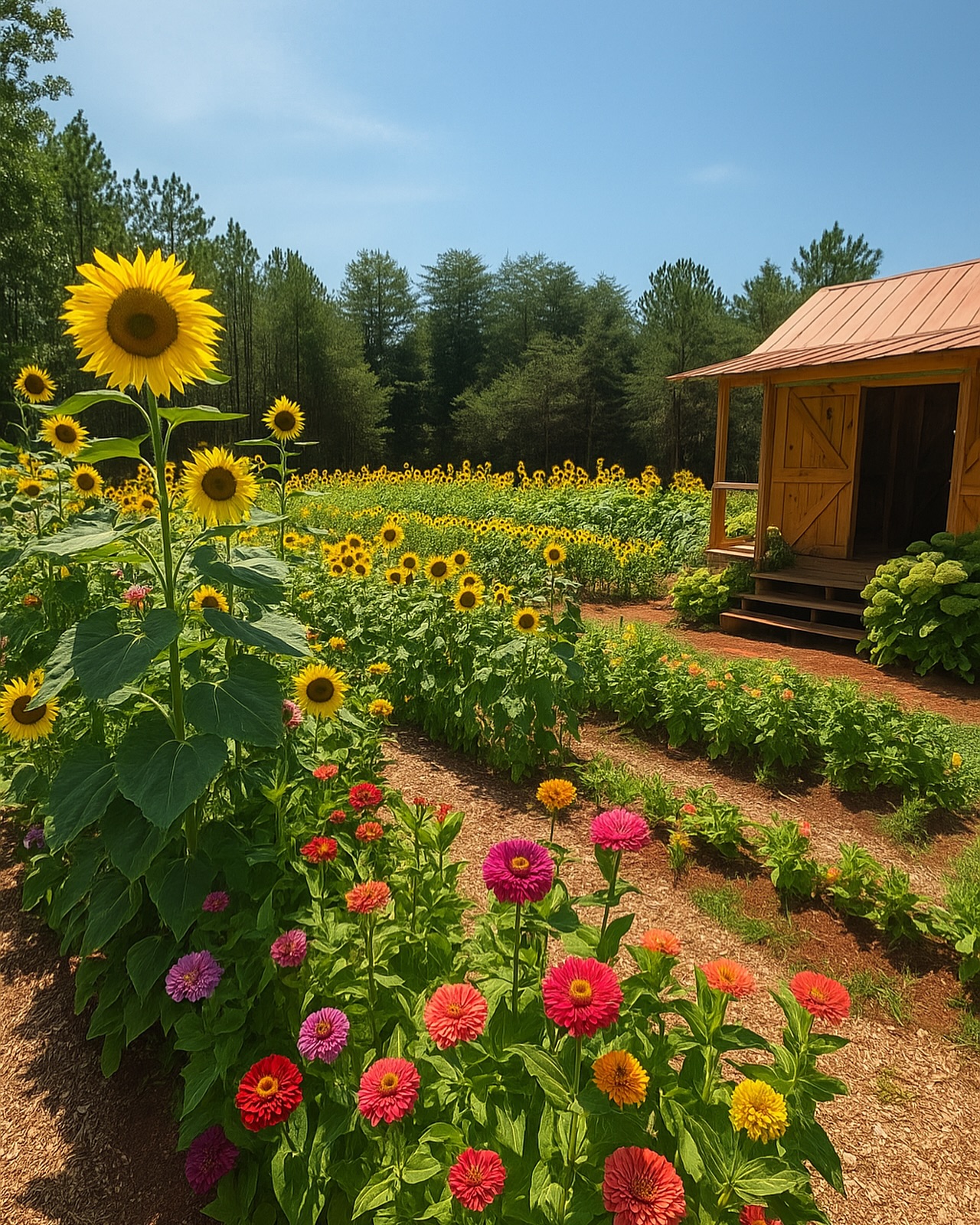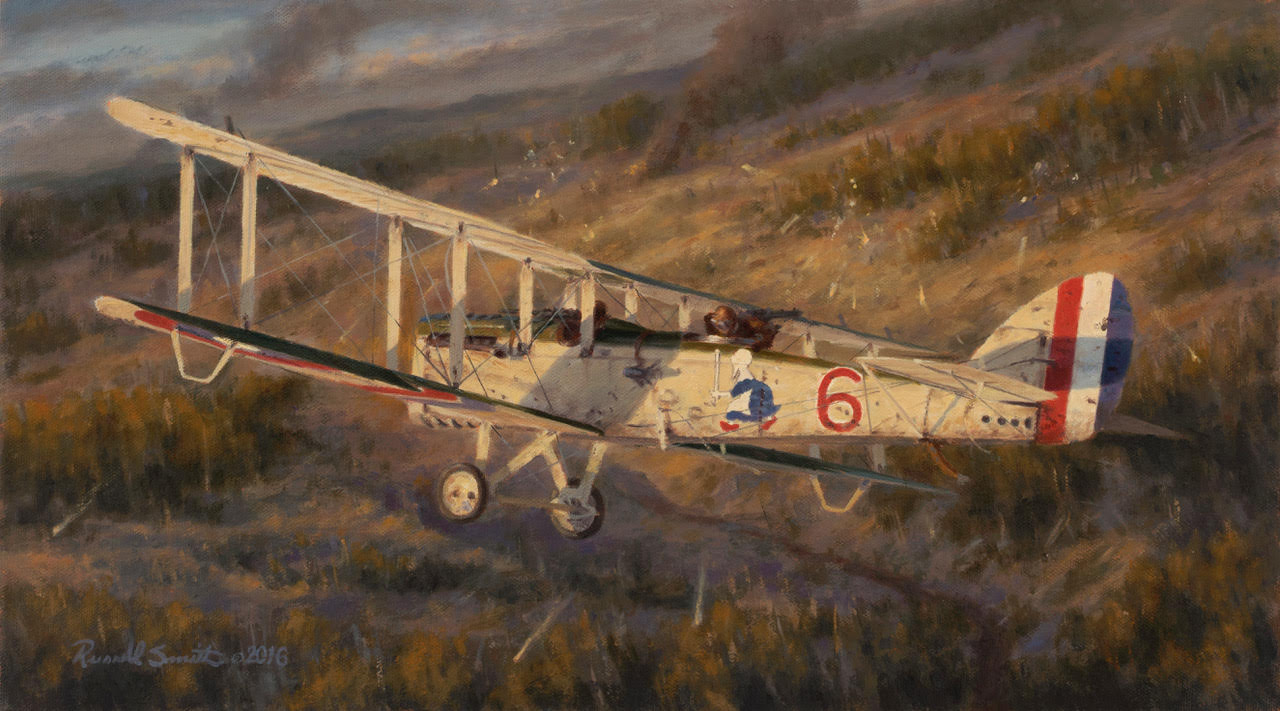Merrittsville…now only a nostalgic memory
Published 10:00 pm Tuesday, April 7, 2015
The first recorded mention of the North Saluda River valley area of the Dark Corner was in a 1785 survey for Benjamin Clark. It listed a Cherokee town house and village called Checheroa on an old Indian trading path going through the Saluda Gap mountains.
The North Saluda itself was called Checheroa River at that time. White settlers drifted into the valley in the late 1750’s to trade with the Cherokees after the establishment of the Old Indian Boundary Line (present day Greenville/Spartanburg County line) in 1755.
At that time, the Spartanburg District of the South Carolina colony was the westernmost point for early settlers. A few families were allowed to have cabins within Cherokee nation territory on the front side of Glassy Mountain, one of which was the family of Capt. Thomas Howard.
Trending
Following the defeat of renegade Cherokees and Tories and the destruction of Indian towns in the Keowee/Toxaway area, the Cherokee nation ceded its territory to the newly formed State of South Carolina in 1777.
Subsequently, four counties were formed in the territory, with Greenville County being the portion containing front and back sides of Glassy and Hogback Mountains, including the Checheroa River valley.
White settlers began coming to the Glassy Mountain area when land grants were first given to Revolutionary War soldiers in 1784. Among the early arrivals was Benjamin Merritt, who married a local area girl, Eleanor Wheaton.
The small, self-sustaining settlement that formed in the Checheroa River valley became known as Merrittsville, in honor of Benjamin Merritt, who operated the first grist mill in the valley. In later years, the mill would be operated by John Hodges.
Continuing the tradition of being a trading area since Cherokee times, the settlement got a tremendous boost from the building of the final section of the old State Road from Charleston to North Carolina, in 1820. The major Toll Gate for the new road was located at Merritsville.
The settlement’s economy shifted to welcome a stream of drovers herding geese, turkeys, hogs, cattle and other livestock, who now had a much better way of traveling through the mountains to pass through Greenville on their way to Columbia and Charleston markets.
Trending
A new Merrittsville Post Office opened near the grist mill in 1827, with John Hodges as its first postmaster. It remained there until 1905, when mail delivery was shifted to Tigerville.
Hodges became a major landowner in the vicinity, owning over 4,700 acres, including lands surrounding the three stone bridges on the State Road, which passed over Little Gap Creek, North Saluda River and Hodges Creek.
Lodges began to spring up in and near the little village, adding to the mill, thrasher, blacksmith shop, wagon maker, store, tan yard and other amenities. Hodges opened a large tavern called The Mountain House, which served folk traveling the State Road and also served as a well-known resort in summer months.
On a very windy day in March, 1835, the tavern and surrounding mansions and outbuildings of Hodges and his son were burned in a fire that spread to nearby woods and produced smoke that could be seen as far away as Greenville.
For more than a century, Merrittsville was a favorite stopping point for travelers going to higher elevations in North Carolina. In the mid 20th century, a traveler’s motel, called Tiny Town, was popular.
In the 1950’s, the city of Greenville needed additional water for city growth. Its municipal water supply at Table Rock Lake in Pickens County could not furnish it and the North Saluda River Valley area was selected.
Through eminent domain, a total of 27,000 acres for a reservoir and watershed was designated and purchased, forcing families from the western side of Hogback Mountain and the northern side of Glassy Mountain to move away.
Construction of a high, earthen dam began in 1956, and flooding of the entire valley began in 1959, forming the Poinsett Reservoir.
Gone forever was the picturesque and fertile valley and hillsides of the North Saluda. Access to the Big Saluda Falls and mountain trails were blocked by the deep waters.
Private graves in the area had to be relocated to Mountain Page Baptist Church cemetery up the mountain toward Saluda, to North Fork Baptist Church cemetery near the entrance to the dam, and to Tyger Baptist Church cemetery near Tigerville.
One large, private cemetery on the back side of Glassy Mountain was left intact. This is the Emory-Lindsey-Plumley Cemetery, which is still maintained by descendants who have permission from the Cliffs at Glassy Golf Course and watershed authorities to visit and fellowship at the site twice a year.
Local folk who frequently travel across Callahan Mountain Road, following the old State Road route, passing by the Poinsett Bridge and the earthen dam as they cross over North Saluda River, cannot help but recall the pristine view and picturesque settlement of Merrittsville.
Perhaps, because beloved ancestors had to move away against their will, Merritsville will remain an active nostalgic memory for many.





